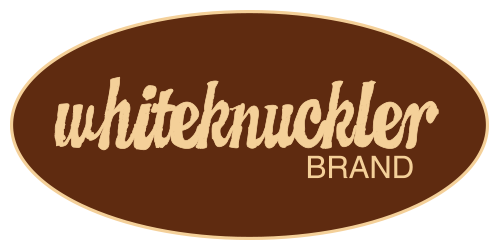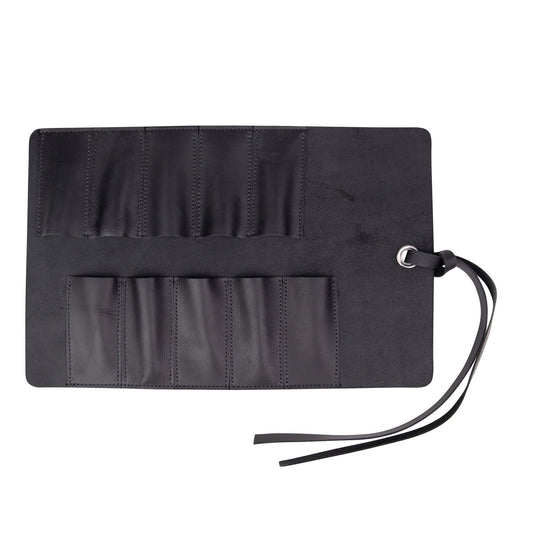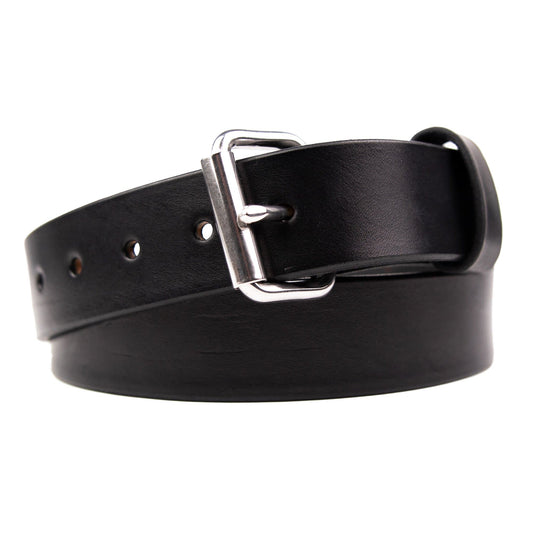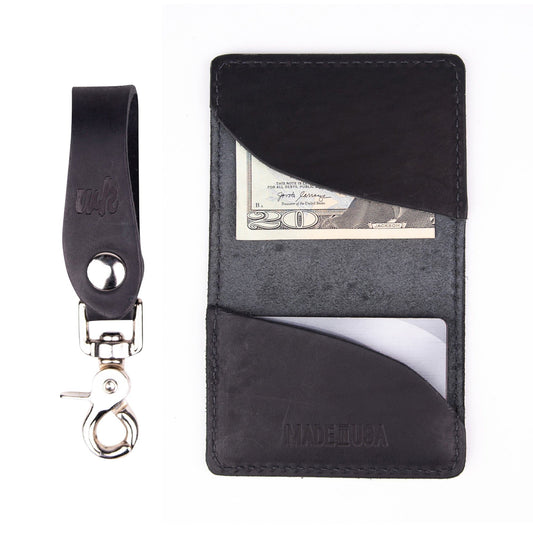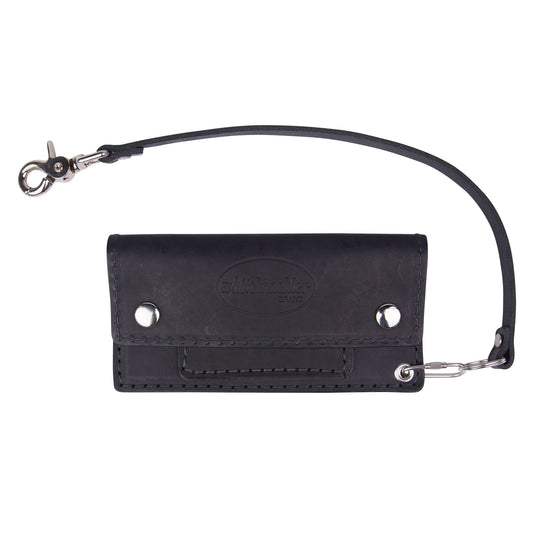Semis and trucks are part of American culture. Thanks in part to a large highway system that ties a vast country together, goods can flow readily on the trailers of hundreds of thousands — if not millions — of 18-wheelers and semis on the road every day. Freightliner trucks have had a major role in the development of dependable vehicles that haul loads of goods across the nation.

How did Freightliner start?
Like many companies that have been around for decades, Freightliner started as the result of a forward thinking businessman's vision of innovation. Prior to the 1940s, most trucks were made of steel. While steel isn't a bad way to make a truck, Leland James believed he could save money on building a truck — and fueling it — by using lighter weight aluminum. Many drivers and companies were skeptical of the idea as most didn’t understand the need for more efficient vehicles. Since no manufacturers were willing to give James’ design ideas and beliefs about aluminum a try, he decided to start the Freightways Manufacturing Company.
When World War II started, the Freightways Manufacturing company joined many manufacturing companies and made aircraft and ship pieces rather than trucks. Following the end of the war, Freightliner went back to building trucks.

Did the post war boom help Freightliner?
The years after World War II introduced the idea of custom built trucks for commercial drivers. Within a few years, Freightliner dramatically increased capacity from just over 100 to 6,200 by the 1970s. The need for longer haul and over the road truckers was growing steadily as consumer goods were in greater demand.
Freightliner started by introducing their Eastern Freightliner, a tractor designed to haul a semi-trailer. By 1950 came the first Freightliner designed for a driver to sleep in while doing long, potentially cross continental trips. Within a few years, the company would develop unique cabs that allowed a driver to sleep above the driving area. These trucks would be even more unique because they were capable of running on multiple fuels, including gasoline, diesel, or liquid propane, giving drivers many options depending on what was readily available in an area.

Changes in ownership
Daimler-Benz (as they were called in 1981) bought Freightliner in the early 1980s after one of their main lines of sales, White Motors, started to financially fail. Over the next few decades, Freightliner bought companies themselves, including the heavy duty truck division of Ford motors, American LaFrance, and Western Star trucks.
Freightliner innovations
While Freightliner has contributed to many innovations over the last almost one hundred years, here are a few highlights

Wind tunnel
Freightliner built and experimented in the first wind tunnel built for heavy duty commercial trucks. Their findings paved the way for more aerodynamic and fuel efficient trucks.
Hybrid
Recognizing that the vehicle industry wanted better gas mileage, Freightliner developed a custom chassis that uses a battery – and still has the capacity for a delivery truck to offer a walk in cage.

Freightliner is also going beyond hybrid to full electric with their up and coming Freightliner eCascadia, an all electric semi. The eCascadia should be available for production starting in late 2022. The truck is said to offer a 250 mile range and recharge to 80% in less than an hour and a half.
Suspension
In 1989, Freightliner introduced the AirLiner suspension, with airbags built into the suspension. This improved the overall comfort of driving a large truck for many drivers, making trips more tolerable for a longer distance. AirLiner also comes in various capacities designed to fit the needs of particular truck series.

Repairs
While a seemingly small innovation, this one was big for diy-ers. In 1958, Freightliner introduced the 90 degree tilt cab which allowed drivers and mechanics ready access to the vehicle's engine by having the cab lift over the engine. Have you ever seen a truck pulled over at a rest stop or by the side of a road and it looked like the whole cab was leaning forward? Impromptu and scheduled maintenance is easier this way.
